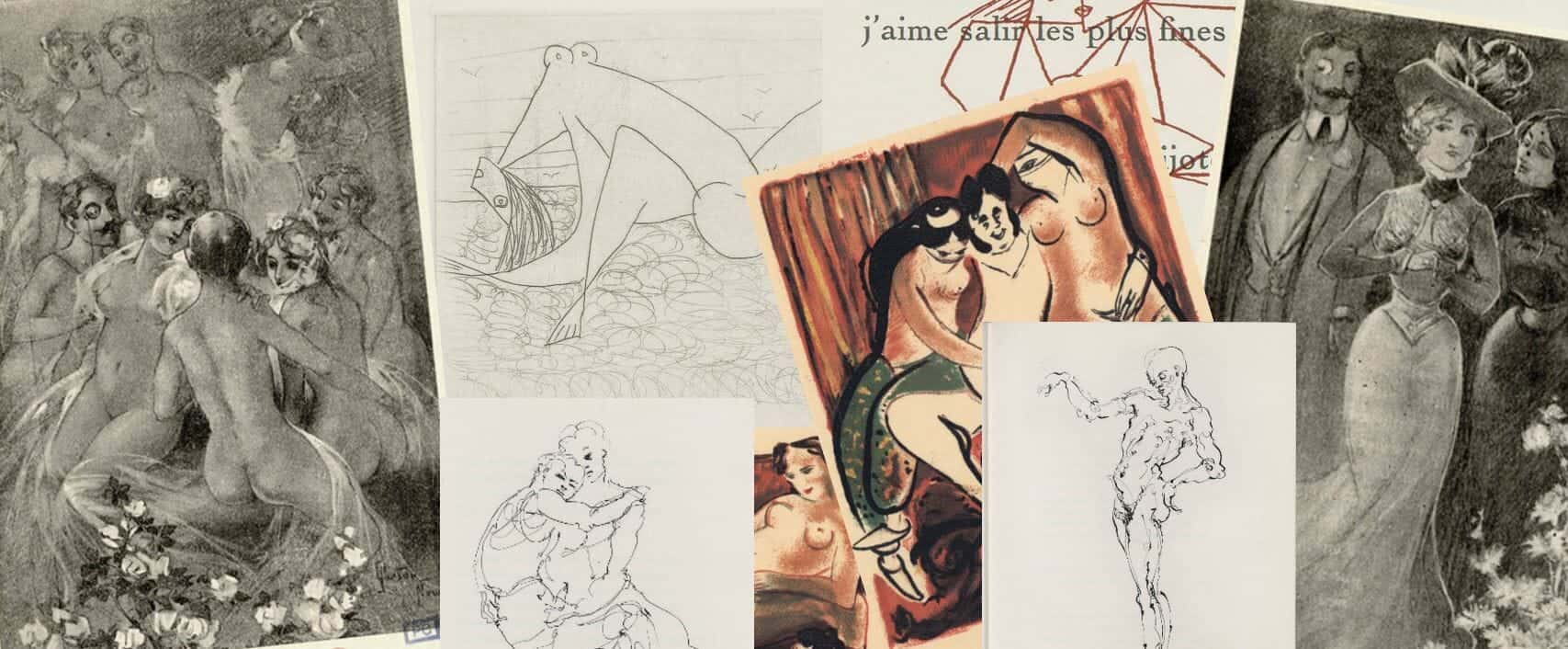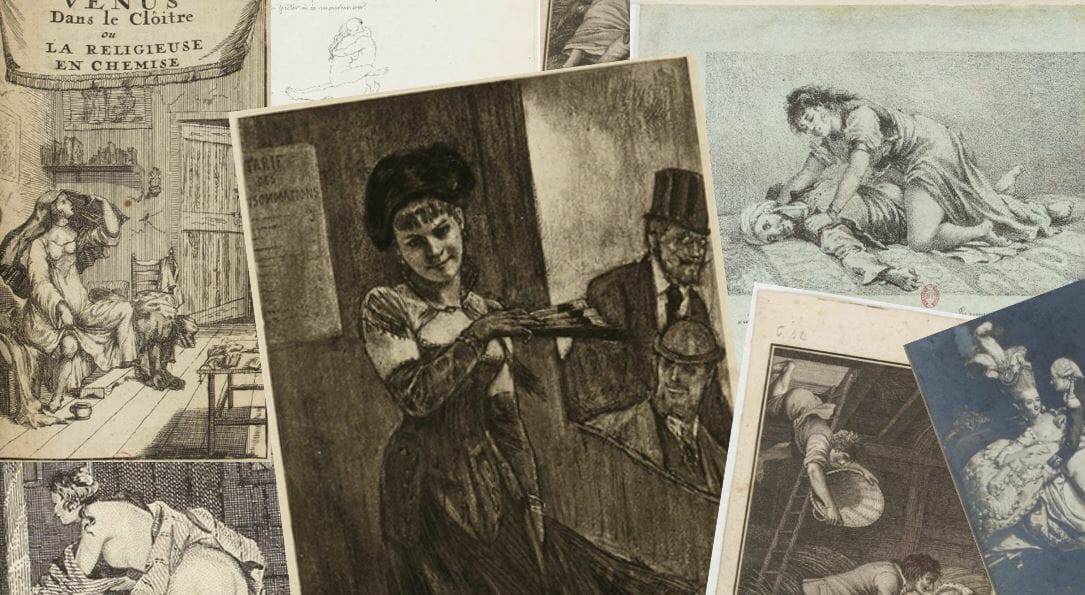│By Philip Virta, Senior Acquisitions Editor, Gale Primary Sources│
Please be aware that this blog post contains content that may be offensive to some readers; the decision to read the post is at your own discretion.
Enfer is a French word that translates to Inferno or Hell, and according to some religions, Hell is the place of punishment for the wicked, the damned, the morally corrupt, once death has befallen them. It is thus only fitting that books considered “contrary to public morality” should end up in Enfer. Aside from its literal meaning of Hell, Enfer is the shelf mark of the restricted books collection at the Bibliothèque nationale de France (BnF). A shelf mark is simply a notation or classification on a book showing its place in a library. In the 1830s, a time when the BnF was opening to a wider audience, the institution began to assign the Enfer classification to books considered to be obscene works. Whether the books were locked away because they truly were reprehensible, or merely to protect them from those who would proscribe or destroy them, it is to our benefit today as they have been preserved for our study.
On the subject of study, Enfer provides us with many opportunities to explore art and social history in a wide variety of imaginative works. While some of the books simply offer flights of fancy, erotic fantasies to titillate and arouse, many of the works in Enfer offer social commentary and criticism. After exploring the fantastic imagery in texts from the seventeenth to nineteenth century, I was intrigued to continue my search and explore how imagery developed in the late nineteenth and twentieth century, when authors and artists were often at the forefront of the social and cultural movements of their time.
Read more





